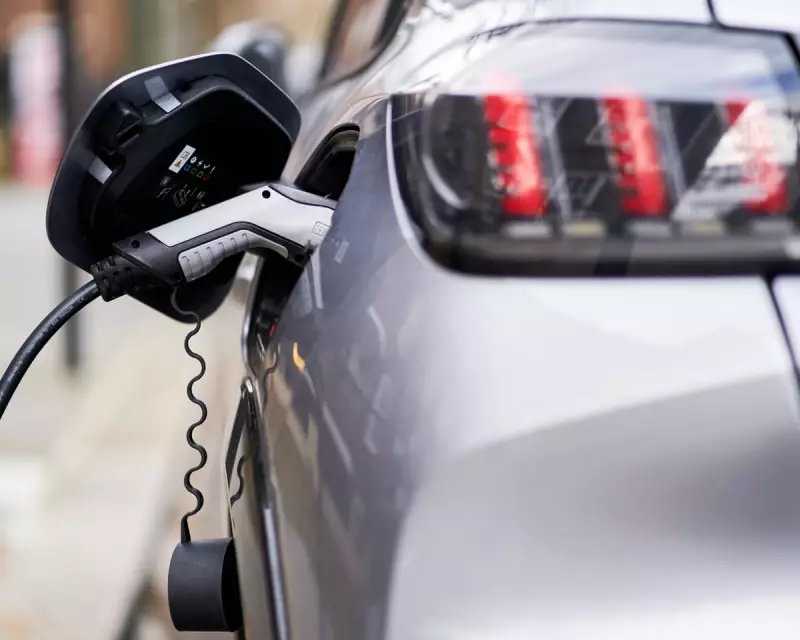
Australia is at a critical crossroads in its automotive future, with experts warning that without decisive government action, the nation risks becoming a dumping ground for outdated combustion engine technology as the world accelerates toward electric vehicles.
The Global Shift Leaving Australia Behind
While countries across Europe, Asia and North America race toward electric transportation, Australia continues to lag dramatically in EV adoption. The absence of clear federal policies and phase-out dates has created market uncertainty, discouraging both manufacturers and consumers from committing to the electric transition.
Why 2035 Is the Tipping Point
Transport experts argue that setting a firm 2035 deadline for banning new petrol and diesel car sales would send an unmistakable signal to the market. This clear timeline would:
- Drive rapid investment in charging infrastructure
- Encourage manufacturers to prioritise Australia for EV allocations
- Boost consumer confidence in making the switch to electric
- Create certainty for businesses planning their fleets
Infrastructure: The Chicken and Egg Dilemma
The classic hesitation around EV adoption centres on charging infrastructure. Critics often ask: why build charging networks without enough EVs, and why buy EVs without adequate charging? A 2035 ban breaks this deadlock by creating the certainty needed for massive infrastructure investment.
Economic Opportunities in the Electric Transition
Beyond environmental benefits, the shift to electric vehicles presents significant economic advantages. Australia stands to benefit from:
- Reduced reliance on imported fossil fuels
- New manufacturing opportunities in EV components
- Growth in renewable energy sectors
- Improved public health outcomes from cleaner air
Learning from International Success Stories
Nations that have implemented clear phase-out dates, such as the UK and several European countries, have seen accelerated EV market growth. Their experience demonstrates that policy certainty drives both private investment and consumer behaviour more effectively than subsidies alone.
The Cost of Inaction
Continuing with business-as-usual approaches risks leaving Australian motorists with increasingly expensive-to-run petrol vehicles as the global market shifts decisively toward electric. Without local policy pressure, manufacturers may continue to treat Australia as a low-priority market for their latest EV models.
Charting Australia's Electric Future
The path forward requires bold leadership and clear timelines. A 2035 ban on new combustion engine vehicles would position Australia to capture the benefits of the global electric revolution rather than being left with the outdated technology the rest of the world is abandoning.
The question is no longer if Australia will transition to electric vehicles, but whether we'll lead, follow, or be left behind. The 2035 deadline represents our best chance to ensure we're not stuck in the slow lane of automotive history.





